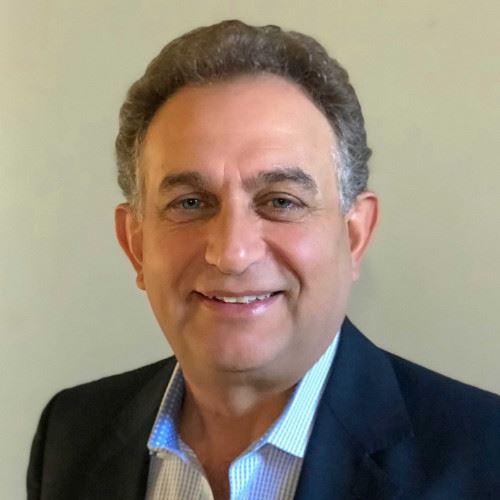This is the first part of a series on Executive Coaching and Leadership Development for professionals.
Executive coaching has exploded in popularity in the last decade and today benefits from an army of passionate advocates that not only including the coaches but also the participants that have personally benefited from coaching and their organizational sponsors who witnessed its transformational power firsthand.
Between 25 and 40 percent of Fortune 500 companies use executive coaches, according to the Hay Group (acquired by Korn-Ferry), a major human-resources consultancy. Lee, Hecht, Harrison, the world’s leading career management firm, derives a full 20 percent of its revenues from executive coaching. Manchester, Inc., a similar national firm, finds that about six out of ten organizations currently offer coaching or other developmental counseling to their managers and executives. Another 20 percent of companies plan to offer coaching within the next year. Today, Cisco, Google, Uber, Facebook, among others have created departments of internal coaching and hired some of the brightest executive coaching minds.
There are many definitions of executive coaching, but two of the most straightforward definitions that we prefer to use are, “a relationship in which a client engages with a coach in order to facilitate his or her becoming a more effective leader” (Ely et. Al) and “the facilitation of learning and development with the purpose of enhancing effective action, goals achievement, and personal satisfaction.”
While these definitions provide a broad description of its intended purpose, the following criteria are used to more strictly define executive coaching:
- One-on-one interaction between an executive coach and the client – as opposed to team coaching, team building, group training, or group consulting. Coaches and clients usually interact through live sessions, weekly or bi-weekly for 60 to 90 minutes.
- Methodology based – drawing on specific tools, methods, and techniques that promote the client’s agenda to uncover their own blind spots, identify their challenges, and develop their own goals.
- Structured conversations led by a trained professional – as opposed to more traditional mentorship that takes place between managers, HR professionals, and peers These conversations focus on identifying and strengthening the relationship between the client’s own development and requirements of the business. As the complexity of the business increases, and the expectations on leaders increase, they found themselves needing to develop new skills and behaviors while eliminating self-inhibitors.
- Task-oriented – Executive coaching involves important stakeholders beyond the client and the coach; the goals and future outcomes for organization are central to the process. By using a sequence of explorations and small goal-achievements, the coach helps the client take action constantly in small increments to create long-lasting behavioral changes and results for both the client and the organization.
- Long-term Impact – intended to enhance the person’s ability to learn and develop new skills independently. The model focuses on developing the client’s capacity, knowledge, motivation, insights, and emotional intelligence maturity in order to effect long-term benefits.
There are also many areas of expertise in which executive coaches can support clients:
- Business Acumen – focus on a deep understanding of best business practices and strategies, management principles and behaviors, financial models, business models and plans, and startup life cycles. While business consultants are hired to provide business relevant answers, executive coaches with business acumen guide the clients to define their own challenges, and develop their own solutions that align with their career and organizational goals.
- Organizational Knowledge – focus on design, structure, power and authority, alignment, culture, leadership models, company goals achievement and leadership development. Complexities of organizational models are very invisible to the untrained eye, or for coaches with no prior relevant personal experience.
- Coaching knowledge – focus on coaching methodologies, competencies, practices, assessment, personal goals achievement, as well as being students of lifelong learning and behavioral improvement. While there are many leaders providing coaching to their peers and teams, the work of professional executive coaches within organizations involves unleashing the human spirit and expanding people’s capacity to stretch and grow beyond self-limiting boundaries.
“Executive coaches are not for the meek. They’re for people who value unambiguous feedback. If coaches have one thing in common, it’s that they are ruthlessly results-oriented. ”, according to an article according to Fast Company Magazine. This quote defines the major boundary between executive coaching and the unstructured other areas such as advising, consulting, or peer mentoring.
In the next part of this series, we will explore the challenges and learnings on how to become a rock-star leader.
Main image via Pexels.

As an Executive Coach, Elie Habib guides CEOs, entrepreneurs, and senior executives toward performance excellence and acceleration of their career aspirations.
He serves as a thought partner in guiding leaders to address their most complex leadership challenges.
Elie is CEO of MotivaimCoach, Lebnet co-founder, Investment Committee member of MEVP’s Impact Fund (Lebanon), and prior corporate executive and CEO/founder.
